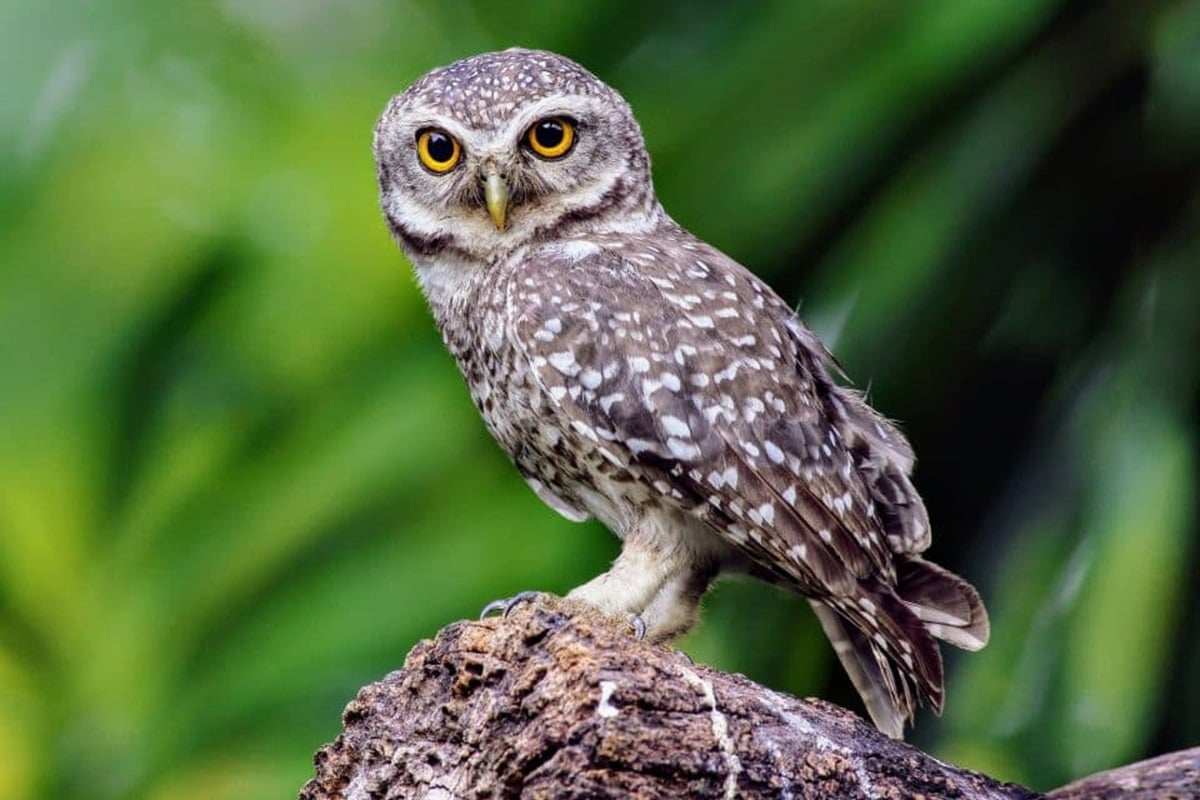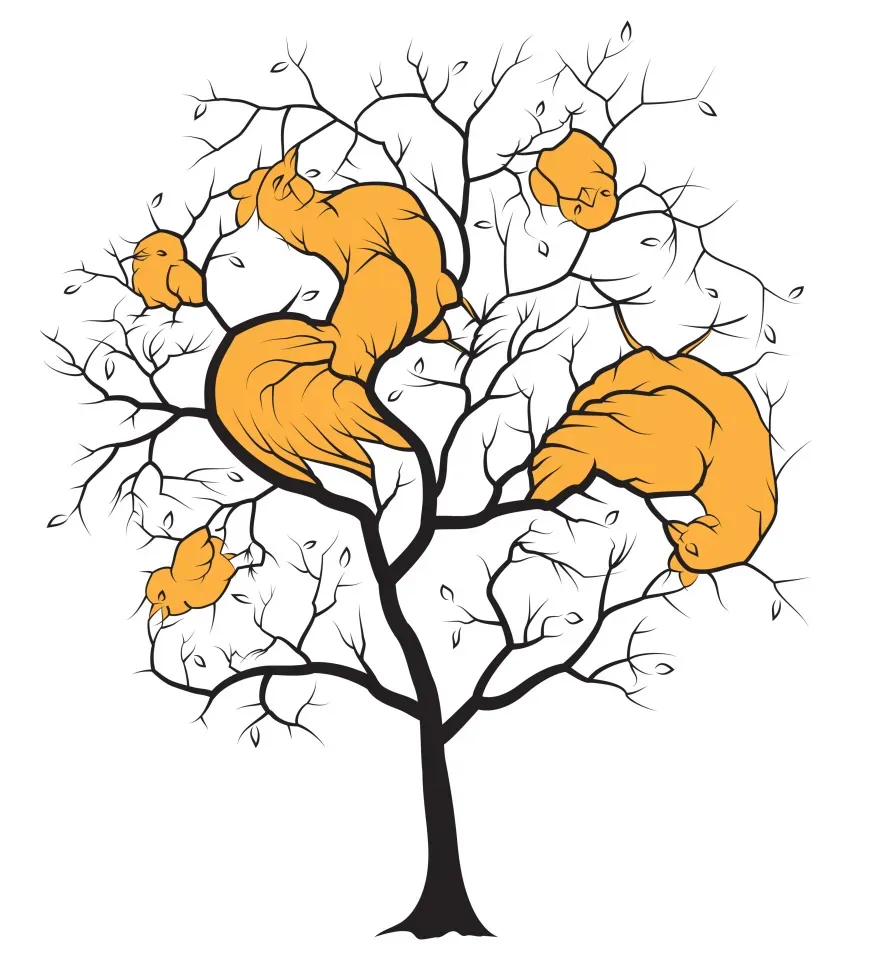Dreaming of studying in the U.S. but worried about finances? You’re not alone. Every year, over 1 million international students navigate complex visa rules to balance studies with work opportunities. Whether you’re from India, Bangladesh, or Brazil, understanding if can international students work in USA legally is crucial for funding your education and gaining real-world experience. This guide cuts through the confusion with clear, actionable steps – straight from official sources and student experiences.
Understanding Work Options for F-1 Visa Students
International students on F-1 visas have specific pathways to work legally. The U.S. Citizenship and Immigration Services (USCIS) permits four primary employment types:
- On-Campus Employment:
- Work up to 20 hours/week during semesters; full-time during breaks.
- Jobs include university cafeterias, libraries, or administrative offices.
- No USCIS application required, but your Designated School Official (DSO) must authorize it.
- Curricular Practical Training (CPT):
- Off-campus internships directly related to your major.
- Requires enrollment for one academic year (exceptions for graduate programs).
- Full-time (40+ hours) or part-time (≤20 hours).
- Your DSO must endorse Form I-20; USCIS approval isn’t needed.
- Optional Practical Training (OPT):
- 12 months of work authorization pre- or post-graduation.
- Apply via Form I-765 to USCIS with a $520 fee.
- STEM graduates can extend OPT by 24 months (total 3 years).
- Severe Economic Hardship:
- Apply for work authorization if unforeseen financial crises occur (e.g., currency collapse, medical emergency).
- Requires documented proof and USCIS approval.
Key Restriction: Unauthorized work violates F-1 status. Even unpaid internships require authorization if they provide “productive labor.”
J-1 and M-1 Visa Work Rules Compared
While F-1 is common, J-1 (exchange visitors) and M-1 (vocational students) visas have different work terms:
| Visa Type | Work Allowance | Key Limitations |
|---|---|---|
| J-1 | On-campus or Academic Training (AT) | AT limited to 18 months; some require home-country residency post-study |
| M-1 | Practical training only after program completion | Maximum 6 months total work; no on-campus jobs during studies |
Real-World Tip: J-1 students often face the “two-year home residency requirement.” Check your visa stamp – if it says “Bearer Subject to 212(e),” consult your sponsor before accepting long-term U.S. roles.
How to Apply for OPT: A Step-by-Step Guide
- Eligibility Check: Complete one academic year full-time.
- Request OPT I-20: Get a recommendation from your DSO.
- File Form I-765: Submit to USCIS within 30 days of DSO endorsement.
- Wait for EAD: Processing takes 90–120 days. Track your case here (external link).
- Report Employment: Update your DSO within 10 days of starting work.
Avoid Delays: Submit scans of passport, visa, I-94, and passport photos. Missing documents cause 60% of rejections.
Consequences of Working Illegally
Violating work rules risks:
- Immediate deportation
- 10-year U.S. entry ban
- Permanent visa ineligibility
As Priya Sharma (F-1 student from India) shared: “My friend took an unauthorized freelance gig. He lost his visa and had to return home overnight.”
Balancing Work and Studies: Pro Tips
- Time Management: Use apps like Trello to block study hours.
- Tax Compliance: Non-residents pay taxes via Form 1040-NR. Use Sprintax for filing help.
- Networking: Attend university career fairs – employers like Amazon and Google sponsor OPT-to-H-1B transitions.
For deeper insights on adapting to U.S. academic life, explore our guide on student challenges in America.
Beyond OPT: H-1B and Green Card Pathways
Post-OPT, many students transition to:
- H-1B Visa: Employer-sponsored; requires a bachelor’s degree.
- O-1 Visa: For “extraordinary ability” in STEM/arts.
- EB-2/EB-3 Green Cards: Employer-petitioned permanent residency.
2024 Update: H-1B lottery odds are ~15%. Start employer discussions 6 months before OPT ends.
Considering long-term settlement? Our analysis of U.S. immigration trends reveals key strategies.
Navigating whether can international students work in USA demands precision, but with the right permits and planning, you can fund your education and launch a global career.
FAQ: Working in the U.S. as an International Student
Q1: Can I work full-time on an F-1 visa during summer break?
Yes! On-campus jobs allow full-time hours during vacations. Off-campus CPT/OPT also permits 40+ hours if authorized.
Q2: Does volunteering require a work permit?
Generally, no – if the role doesn’t displace paid workers. But interning at a for-profit company (even unpaid) needs CPT/OPT.
Q3: How long does STEM OPT take to approve?
USCIS processes STEM OPT extensions in 90–120 days. Apply 90 days before your initial OPT expires to avoid gaps.
Q4: Can I start a business on OPT?
Yes. Self-employment is allowed if your business is directly related to your degree. Report it to your DSO.
Q5: What if my OPT application is pending after graduation?
You can remain in the U.S. while USCIS processes your request. However, you cannot work until your EAD card arrives.
Q6: Can M-1 visa students work on campus?
No. M-1 holders can only apply for practical training after completing their program.
Disclaimer: This article provides general information only, not legal advice. Visa rules change frequently. Always consult your DSO or U.S. immigration attorney before making decisions. For official guidance, refer to the USCIS website.











